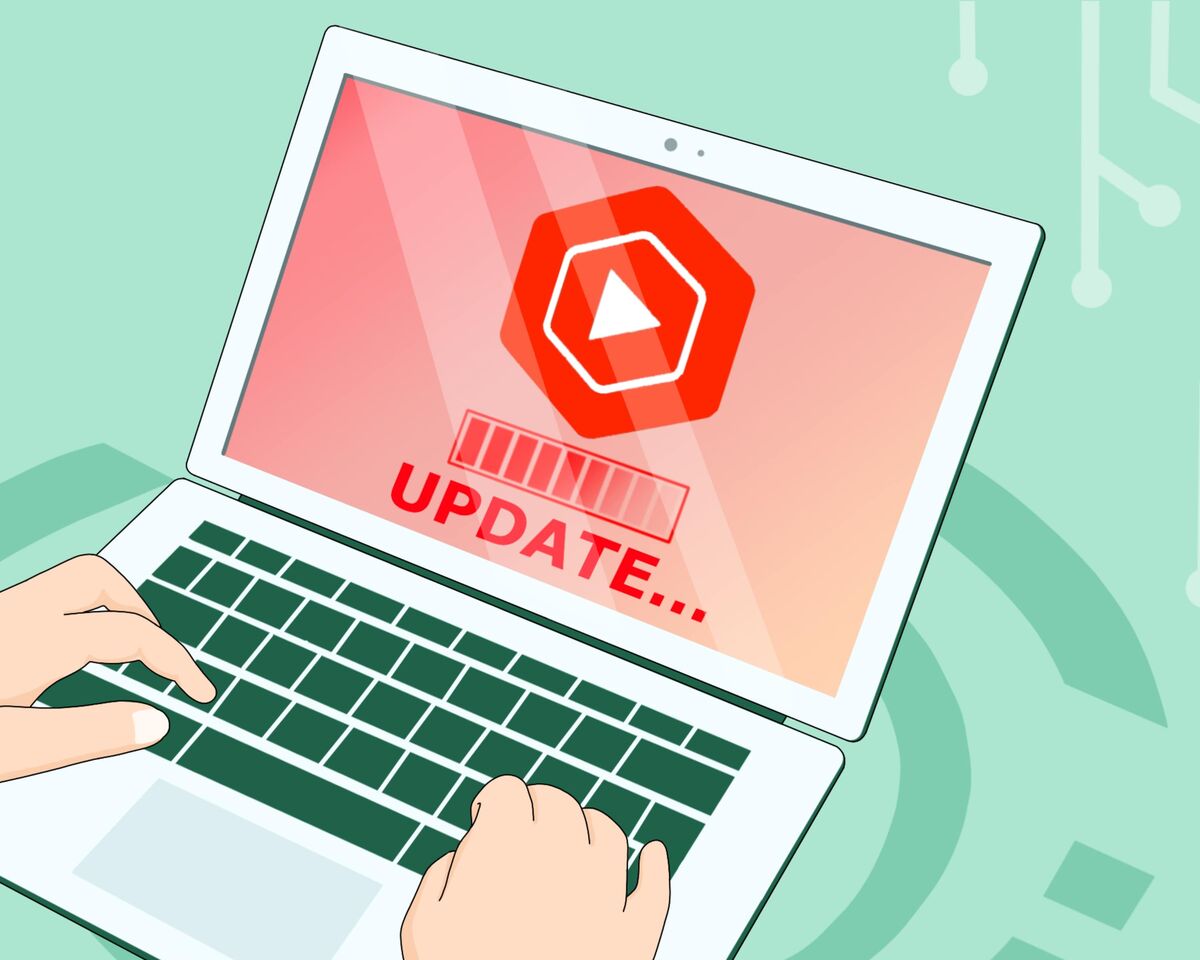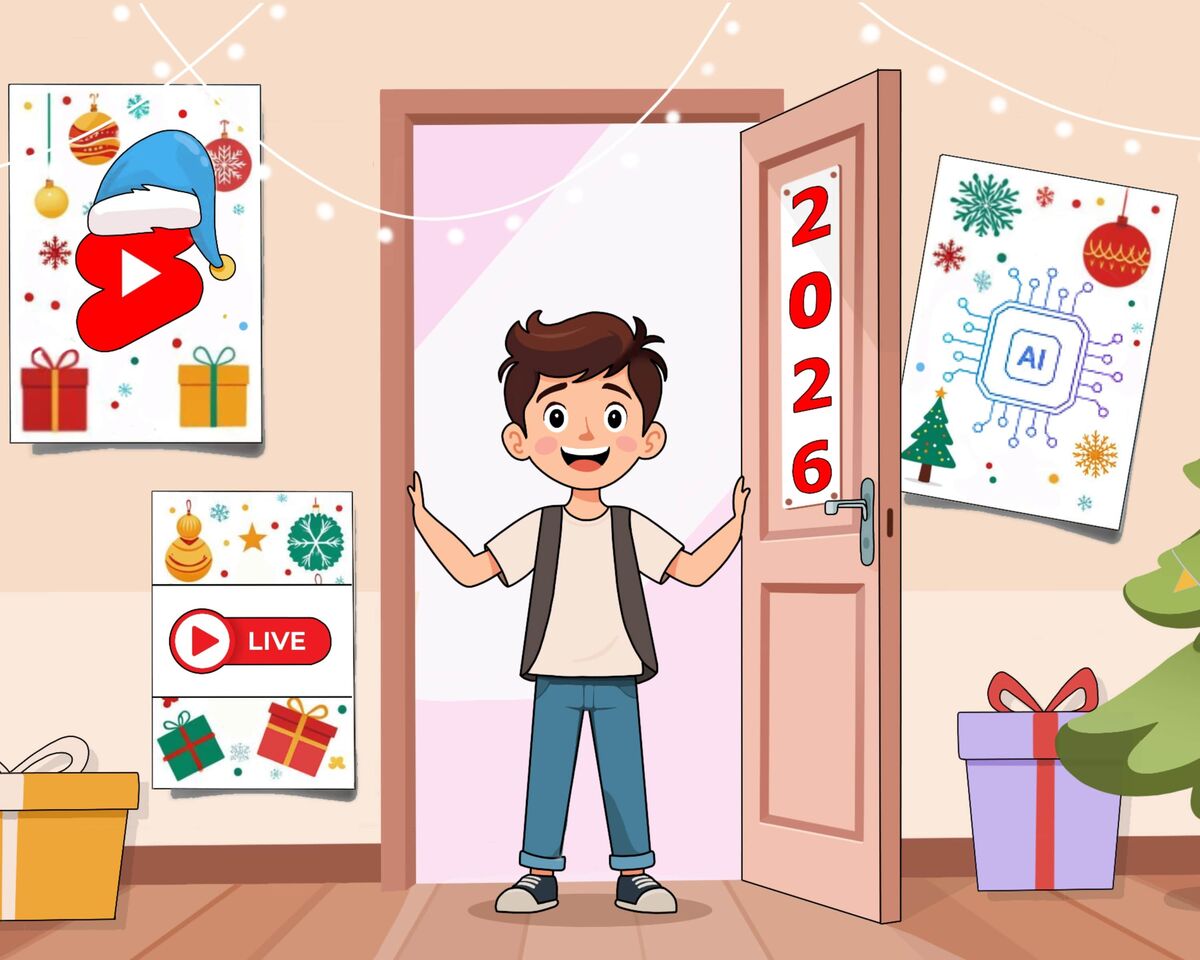How to Build a Strong, Engaged YouTube Community

The most popular channels on the platform that viewers remember most and that resonate with them are those that develop their own special style of communicating with their audience.
It's been no secret for a long time that in today's YouTube reality, it's not enough to simply make viral content and lure crowds of subscribers to your channel. It's much more important to learn how to motivate these people to watch each of your videos, even if they're not subscribed to you.
Both we and other experts constantly say: build communication with viewers. That's the key to growth. However, for some reason no one clarifies how exactly to do this.
Let's start by agreeing that when we watch some creator, it's incredibly important for us not only to catch that inner connection with the blogger, but also to feel like a "welcome guest" in each video. Do you agree?
It's precisely these feelings that will motivate viewers to watch each new video on your channel, and it's exactly this that will help achieve the main goal of both YouTube and you as a creator — to retain the viewer not only on one video, but to bring them back to the channel again and again.
And this is achieved by creating a unique language of communication.
To build the right dialogue, you need to study two aspects: the language that you use and the language that resonates with your viewer.
We'll figure this out step by step, and the first step is—
Superficially assess what language resonates with your audience
Start from the opposite direction: imagine your typical viewer in general terms and think about what communication format definitely wouldn't resonate with them.
For example, on a channel that's oriented toward stay-at-home moms, we definitely wouldn't use the aggressive delivery style that often works on business channels.
First of all, a channel for moms is oriented toward girls and women who already have enough negativity and problems during motherhood.
And secondly, we doubt that during this already difficult period of their lives, these women would want to hear about how they're doing everything wrong and generally know nothing about motherhood and children.
But at the same time, important businessmen probably wouldn't like a video in the style of "Sweethearts, sunshine, you're such smart cookies, don't forget to rest more."
As you can see, it's not just about the specific words of this language, but also about the manner in which you conduct the dialogue.
The second step is to —
Study your audience's language more deeply
To successfully complete this stage, you need to have a portrait of your typical viewer at hand.
Let's say these are men aged 25 to 60 who are interested in reviews of classic cars. Since they have a limited budget for purchasing, they want to know what pitfalls they might encounter when owning this or that car.
They're ready to dig into the nuances, they have many questions, and they need to know as much as possible. But they have little time since there's also work and family, so unnecessary rambling and shows don't interest them—only specifics and usefulness.
The viewers you want to attract to your content have their own unique dialogue format. They have a special way of thinking and communicating, and for them there are their own special criteria for what attracts or repels them in content.
Think about what words your viewers might use when they talk about their goals, about relationships with people, about problems, and even about leisure. How they think about these things in their own language and in their own manner.
Think about this in first person, putting yourself in the place of your typical viewer.
When reasoning about goals, they might say: "I'm looking for support, but it's hard for me to say this out loud" or "I need an answer to my questions without unnecessary fluff" or "I just want to giggle at something, don't burden me with complex words."
And all three variants show us completely different people who like different things, and each of them will have their own comfortable manner of communication.
Let's continue in this vein with other points, for example, about relationships with people: "I don't like weaklings and excessive emotions because I'm a pragmatic person, and I want to see the same kind of people around me."
And this already demonstrates that such a viewer's language is quite harsh, maybe even rude, they don't need mushy stuff, it's important for them to reach some concrete result.
How might such a viewer express themselves about their problems?
"I think this is all nonsense and can be solved in three seconds, I just don't want to waste extra time searching for the answer myself, so here you are, blogger, tell me quickly."
With such a viewer, jokes, lyrical digressions, or personal examples definitely won't work—here you need only business and with indisputable proof.
Well, and such a viewer probably wouldn't even share details about leisure and free time.
Yes, with such an audience language, it will certainly be challenging.
Okay, now the third step that will help you create a unique communication language—
Figure out what language you yourself use?
Haven't done any soul-searching in a while? Now's the time!
We won't drag this out, let's go straight through the supporting questions.
- What words do you use when you think and when you speak?
And these are two completely different categories. Do you say everything out loud without filtering? We highly doubt it.
- What do you like, and what do you hate?
Your blog—your rules, no matter how you look at it. If you don't like loud and clownish behavior on camera, then you won't pretend to be someone you're not.
But you might enjoy cracking a joke here and there, why not?
- What would you like to change?
The question is general, because you might want to change people's attitude toward environmental problems, and this will influence how you convey thoughts to viewers.
Or you might want to change the fact that there's no in-depth information on the topic in your niche, and then you won't spend time communicating with kids—you'll have content immediately for experts and you'll communicate accordingly.
- What amuses/delights/relaxes you?
An unexpected but important question.
Because no matter how serious a person you are, if you want your content to resonate with your audience, you’ll have to lighten it up somehow. It could be little jokes, uplifting or optimistic thoughts, or even some relaxing background music.
If this part felt a bit difficult, that’s totally normal — self-reflection is often harder than analyzing someone else.
But it’s necessary. You can keep adapting to your audience’s interests and language all you want, but without answering key questions about yourself, you risk losing your uniqueness — and with it, the chance to build a real, close connection with your audience.
And now, after this long journey of analysis, we’ve reached the final point —
Creating a new unique language.
And to start, learn to understand your viewers and speak their language.
Above you already roughly imagined how your audience speaks, what little words they use, in what manner, but it would be good to move from fantasies to action and go communicate with real people.
For example, in the comments under videos, both yours and other creators' in the niche, or maybe on forums and in thematic groups. It doesn't matter where—you just need to interact with your viewers, understand their language and speak it.
Next, you should define the criteria of your own language and openly start speaking it.
Now you've already done some soul-searching and understood that you, for example, love helping people, and you don't like just showing off on camera, you love jokes and easily share life stories, and that's exactly how you want to conduct dialogue with your audience.
Don't be afraid to express yourself, the main thing is to define the boundaries of this self-expression.
And now it's time to combine your audience's language with yours and get something new and unique that will become your calling card and will strengthen the connection with viewers.
You take what's close to your audience, what's close to you, and create a new interesting experience for viewers. Your little phrases, funny bits, forms of address, and segments—this is part of your common language with the audience.
When you know who your viewers are, when you've found successful topics and formats, learned to simplify your content and created a unique format for communicating with your audience—this is your direct path to getting more views on each video, and you won't need to conquer any YouTube algorithms.
After all, the whole secret is just to conquer your viewers. TGIF!!!




